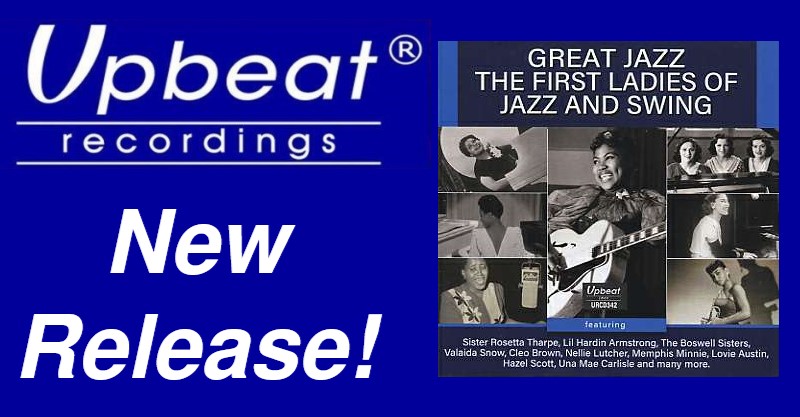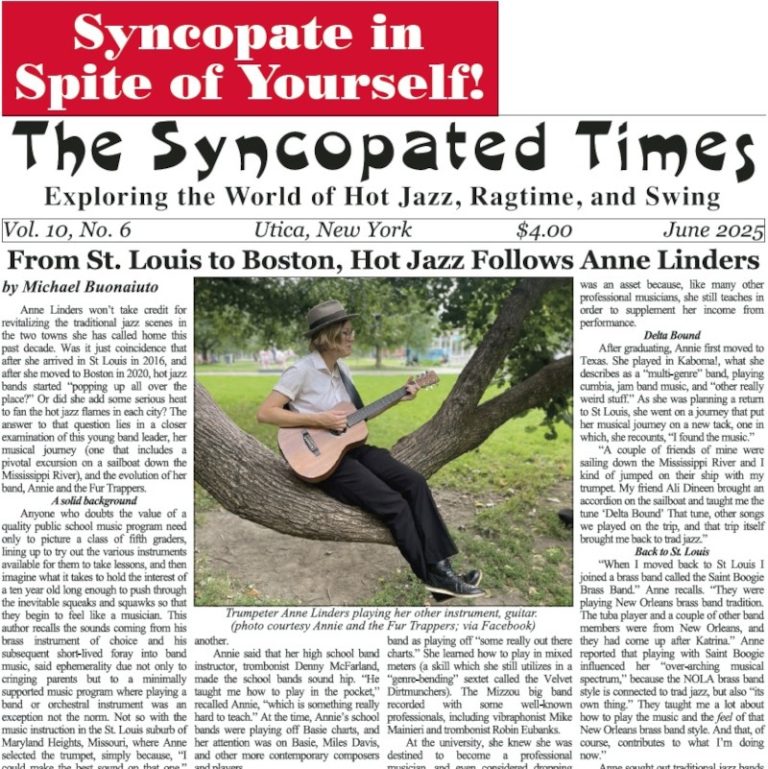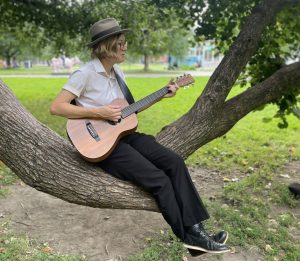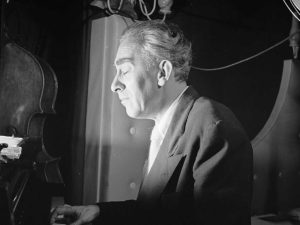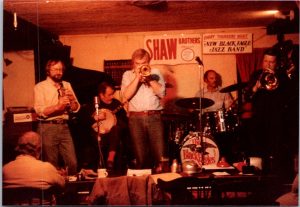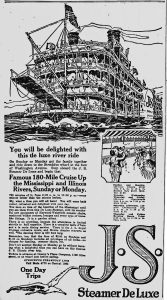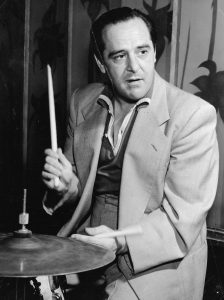It has taken two years and $3 million, but the 61,000 items which comprise the Research Collections of the Louis Armstrong House Museum have been digitized and are now available for viewing by jazz scholars and people who want to know more about the legendary musician.
During his lifetime, Armstrong amassed a huge trove of writings, recordings, and artifacts. He wrote hundreds of pages of memoir, commentary and jokes, made collages and scrapbooks, and recorded himself on reel-to-reel tapes, capturing everything from casual conversations to the music he was listening to at the moment. While in his 20s, Armstrong would clip newspaper articles about himself and put them in scrapbooks, which he often used to convince club owners of his legitimacy.
He wrote constantly – mostly letters and short stories about his life, often in the form of limericks. When he joined King Oliver’s band in Chicago in 1922, he brought along a typewriter. By 1936, he had already published an autobiography. Over the course of his career, he wrote over 10,000 letters to fans, hundreds of pages of personal observations, and enough lengthy jokes to fill an entire book. Starting in 1950, he used a tape recorder to capture interviews, radio broadcasts, and comments about his travels and life on the road. His writings showed him attuned to race and politics, and he took his role seriously as a global ambassador for American culture.
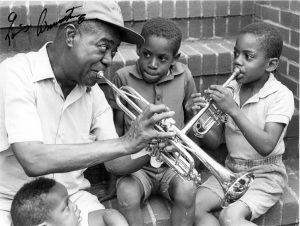
According to Ricky Riccardi, director of research collections at the Louis Armstrong House Museum and a noted Armstrong scholar “Posterity drove him to write manuscripts and make tapes and catalog everything. He was completely aware of his importance and wanted to be in control of his own story. Now that the entire collection is available digitally, the perception of Armstrong is being enhanced as more is known about him as an iconic musician who changed the sound of the trumpet, who broke down racial barriers, and who brought great joy to the world as one of the most influential people of his time.”
Armstrong died in 1971 at the age of 69 following a series of heart attacks, and the Collection remained in the family until 1986 when the estate selected Queens College as its permanent repository. When Michael Cogswell was hired in 1991 to create the Louis Armstrong Archives, he was faced with the task of culling through 72 cartons of memorabilia, including 17,000 news clippings, photographs, sheet music, album covers, and concert programs; 85 scrapbooks and 650 home recordings. It took him three years to sort through it all just to know what was available.
In 2009, Ricky Riccardi, who has a master’s degree in jazz history and research, and who in 2011 authored What a Wonderful World: The Magic of Louis Armstrong’s Later Years, was hired as archivist. Over the years, multiple donations have been received from the public, including a massive collection purchased by the Louis Armstrong Educational Foundation from Jack Bradley, a long-time confident whom Armstrong referred to as “my white son,” as well as dedicated collectors overseas such as Gosta Hagglof of Sweden and Winfred Maier of Germany.
The Collection may be viewed at:
collections.louisarmstronghouse.org.
The Armstrong home was designated a National Historic Landmark in 1977, and after a $2 million restoration, was opened as a museum in 2003. An Education Center is now under construction across the street from the LAHM. Plans call for the entire Collection, which represents the world’s largest archives for a single jazz musician, to be moved from Queens College in September and housed on the second floor of the $23-million Center. The building is expected to be open to the public in January 2020.
The Louis Armstrong House Museum is not your typical museum with visitors wandering about wearing earphones and viewing video screens and exhibit cases. It offers a very personal view of the lifestyle of the man who lived in this modest home for 28 years, located in Corona, a section of the Borough of Queens, not far from LaGuardia Airport and CITI Field, home of the New York Mets baseball team. Open daily except on Mondays, it is a popular destination for tourists and school groups, with 40-minute tours conducted by volunteer docents. (There is an admission charge.)
Veteran cornetist Ed Polcer, who has been serving as a docent at LAHM for the past several years, urges any jazz fan contemplating a visit to New York City to include a visit to the Louis Armstrong House Museum in their travel agenda. “Nearly everything in the House comes alive when you see and hear it in person,” Ed contends. “When you walk in the House, you think you’re back in 1950. Hearing Lucille and Louis talking and joking, listening to excerpts from Louis’s 700 reels of tape, and sensing his humility, coupled with the intensity of his documenting his/their life, is a deeply moving experience. The House should be a mecca for any true fan of Classic Jazz.”
As Michael Cogswell stated at the time of his retirement as LAHM director, “Louis Armstrong is endlessly interesting. He was a trumpet player, vocalist, actor, and author. But for all these accomplishments, what inspires me is Louis Armstrong the person. He was a beautiful guy. He was humble. He was generous. He was a genius.”
Nicholas Payton, a fellow trumpeter from New Orleans, summed it all up, saying, “Louis Armstrong is the father of us all, regardless of style or how modern we get. His influence is inescapable. Some of the things he was doing in the 1920s and ’30s, people still haven’t dealt with.”
Further Reading:
Louis Armstrong House Museum in Transition
Michael Cogswell Retires from Directorship of Louis Armstrong House
Louis Armstrong House Museum Names New Director
Louis Armstrong Collection Now Digitized
Louis Armstrong’s Queens Home Now a Shrine to His Genius
Ricky Riccardi’s 20 Essential Louis Armstrong Recordings
Lew Shaw started writing about music as the publicist for the famous Berkshire Music Barn in the 1960s. He joined the West Coast Rag in 1989 and has been a guiding light to this paper through the two name changes since then as we grew to become The Syncopated Times. 47 of his profiles of today's top musicians are collected in Jazz Beat: Notes on Classic Jazz.Volume two, Jazz Beat Encore: More Notes on Classic Jazz contains 43 more! Lew taps his extensive network of connections and friends throughout the traditional jazz world to bring us his Jazz Jottings column every month.




